Sanitary valves comply with strict health and safety requirements in the food, beverage, and medical industries. The bodies of sanitary valves are built of stainless steel that complies with strict health regulations. Every component that comes into contact with a liquid, gas, or slurry medium has been mirror polished. They are used in hospitals, pharmaceutical companies, and food processing facilities.Read More…
At U.S. Plastic Corp., we provide high-quality diaphragm valves designed to deliver precision flow control and reliable performance in demanding applications. We offer a range of configurations to accommodate various pressure and temperature requirements, ensuring compatibility with diverse piping systems. With a commitment to quality and innovation, we help customers achieve efficient, leak-free ...

Since 1950, Century Instrument has been selling diaphragm valves as well as actuators. Our control parts and products allow for highly accurate control of temperature, pressure, or flow when handling of steam, water, air, oil, gas or other fluids. Our customers are our most important asset and as such our philosophy is to put the customer first and foremost in all considerations.

Offering a full line of flow control products, Plast-O-Matic Valves ensures high quality by testing each of our valve products individually before shipment. We offer plastic check valves, PVC check valves, relief valves, ball check valves and more. We are committed to engineering excellence.

More Sanitary Diaphragm Valve Manufacturers
Sanitary valves are essential components in industries where maintaining hygienic conditions is critical. Strict health regulations in pharmaceutical, food and beverage, biotechnology, and cosmetics manufacturing mandate the use of sanitary valves, as these environments cannot tolerate any chemical or physical hazards. By employing sanitary valves, these industries ensure the integrity, safety, and purity of their products, preventing contamination and safeguarding public health.

Types of Sanitary Valves: Understanding Your Options
When considering sanitary process equipment, it's vital to understand the various types of sanitary valves available. Sanitary valves are categorized by their mechanical motion and function, each suited to specific applications and process requirements. The most common classifications include linear motion valves, rotary motion valves, and quarter-turn valves.
Linear Motion Valves
Linear motion valves are designed to enable, halt, or throttle flow using a moving closure element that travels in a straight line. This category includes gate valves, globe valves, diaphragm valves, pinch valves, and lift check valves. These valves are particularly effective in regulating the flow rate and are commonly used in sanitary piping systems where precise control is crucial.

Rotary Motion Valves
Rotary motion valves utilize a closure element that moves along a circular or angular path to open or close the valve. Popular rotary motion valves include butterfly valves, ball valves, plug valves, eccentric valves, and swing check valves. These valves are valued for their quick operation, reliability, and space-saving design, making them ideal for applications requiring frequent operation or tight installation spaces.
Quarter-Turn Valves
Quarter-turn valves are a subset of rotary motion valves that can be fully opened or closed with a simple 90-degree turn of the stem. They offer fast, efficient control, and are a preferred choice for many sanitary process systems, particularly where rapid shutoff is required.
Key materials for sanitary valves include food-grade rubber and stainless steel, both chosen for their corrosion resistance, ease of cleaning, and non-reactivity with process media. The most common sanitary valve types in industrial use are sanitary ball valves and sanitary butterfly valves, but sanitary check valves, solenoid valves, and diaphragm valves are also widely utilized for specialized process needs.

Mechanical Sealing Requirements for Sanitary Valves
A critical aspect of sanitary valve design is the mechanical sealing system. Sanitary valves must adhere to stringent sealing standards to ensure hygienic operation. The contact surfaces between moving parts must be easy to clean, disinfect, and sterilize, preventing microbial growth and material buildup. Valve manufacturers are required to engineer valves with smooth, crevice-free surfaces and minimal dead space to support clean-in-place (CIP) and sterilize-in-place (SIP) procedures.
Key sealing requirements include:
- Sealing surfaces must be non-toxic, chemically inert, and resistant to process fluids.
- Materials such as PTFE, EPDM, and FDA-certified elastomers are often used for gaskets, seals, and diaphragms.
- Stainless steel, particularly grades like 316L, is preferred for valve bodies due to its corrosion resistance and compliance with sanitary standards.
- Valves must maintain a tight seal to prevent leaks, cross-contamination, and loss of product integrity.
Are you searching for sanitary valves with industry-leading sealing technology for your processing plant? Compare features and certifications such as FDA, 3-A, and EHEDG compliance to ensure you select the best sanitary valve for your application.
Applications of Sanitary Valves: Where Are They Used?
Sanitary valves serve a vital role in a variety of industries that demand uncompromising levels of cleanliness and product safety. Their primary function is to connect, control, and regulate the flow of liquids, gases, and semi-fluids within process pipelines. Below, we explore the key industries and applications where sanitary valves are indispensable:
- Food and Beverage Processing: Sanitary valves are ubiquitous in dairy, brewing, beverage bottling, confectionery, and meat processing plants. They ensure that milk, juices, sauces, and other consumables stay free from contamination throughout production, storage, and filling stages.
- Pharmaceutical Manufacturing: In the pharmaceutical sector, maintaining sterile conditions is critical. Sanitary diaphragm valves and aseptic valves control the flow of active pharmaceutical ingredients (APIs), solvents, and cleaning agents, supporting regulatory compliance and patient safety.
- Biotechnology and Life Sciences: Bioprocessing, fermentation, and vaccine production require sanitary valves to maintain aseptic conditions and precise control of nutrient media, gases, and harvest streams.
- Cosmetic and Personal Care Production: Sanitary valves are used in the manufacture of lotions, creams, and cosmetic products to protect against product contamination and maintain consistent quality.
- Chemical Processing: Certain chemical processes, such as those producing high-purity water or specialty chemicals, employ sanitary valves to avoid product adulteration and meet purity standards.
Do you need help matching the right sanitary valve to your industry? Explore our guides on food and beverage sanitary valves, pharmaceutical-grade valves, and bioprocessing valves to find the best fit for your requirements.
Sanitary Valve Use Cases: Real-World Examples
To illustrate how sanitary valves are applied in practice, consider the following use cases:
- Brewery Pipeline Automation: Automated sanitary butterfly valves integrated with PLC controls enable breweries to switch between different processing tanks with minimal risk of cross-contamination.
- Dairy Pasteurization: Sanitary diaphragm valves in milk pasteurization lines allow precise control of flow rates and pressures, ensuring safe and consistent product quality.
- Pharmaceutical Water Purification: Multi-port sanitary ball valves are used in water-for-injection (WFI) systems to route ultra-pure water safely through distribution loops.
- Cleanroom CIP Systems: Sanitary check valves ensure unidirectional flow and prevent backflow during automated cleaning cycles in cleanroom environments.
- Cosmetic Cream Filling: Stainless steel sanitary valves with hygienic tri-clamp connections are deployed in filling machines to minimize downtime during product changeovers.
Looking for a solution tailored to your specific process? Ask our experts: Which sanitary valve design is best for high-viscosity fluids? or How do I select a sanitary valve for automated cleaning systems?
Advantages of Sanitary Diaphragm Valves
- Sanitary valves often feature nylon sleeves or PTFE liners to reduce friction and simplify the opening and closing process, resulting in smoother operation and longer service life.
- Constructed from food-grade rubber and stainless steel, sanitary valves are engineered to prevent external contamination and meet rigorous hygiene standards.
- Sanitary butterfly valve handles are designed to withstand high torque and resist mechanical stress, reducing the chance of fracture or failure during intensive operation.
- Many sanitary valves are designed with detachable or clamp connections, such as tri-clamp or quick-connect fittings, making maintenance, repair, and cleaning efficient and user-friendly.
- Sanitary valve products are subject to comprehensive strength, pressure, and sealing tests, ensuring leak-free operation and compliance with industry standards like 3-A, FDA, and EHEDG.
- Compatible with automation systems, many sanitary valves can be fitted with actuators, positioners, and sensors for integration into modern process control and monitoring setups.
Are you evaluating automated sanitary valves for your plant? Learn how electric and pneumatic actuators can boost productivity and process consistency.
Disadvantages and Limitations of Sanitary Diaphragm Valves
- Sanitary ball valves are typically not recommended for continuous throttling applications. The design may not provide precise flow control, potentially leading to turbulence and uneven wear.
- Process fluids containing abrasive particles or solids can adhere to valve surfaces, potentially causing leaks, abrasion, and premature component failure. Periodic inspection and maintenance are critical in these scenarios.
- Some sanitary valve designs may have higher upfront costs due to the use of premium materials and precision engineering, but these investments pay off in reduced downtime and lower contamination risk.
Curious about sanitary valve maintenance best practices? Discover our tips on maximizing valve lifespan and ensuring compliance with sanitary regulations.
How to Choose the Best Sanitary Valve for Your Application
Selecting the right sanitary valve involves evaluating several critical factors to ensure optimal process performance, hygiene, and regulatory compliance. Here are key decision points to consider:
- Valve Type and Function: Identify whether your process needs on/off control, flow throttling, or backflow prevention. Common choices include sanitary ball valves, butterfly valves, diaphragm valves, and check valves.
- Material Compatibility: Ensure all valve contact surfaces and seals are compatible with your process media (e.g., acidic, alkaline, viscous, or particulate-laden fluids). Stainless steel (316L) and FDA-approved elastomers are industry standards.
- Size and Flow Requirements: Calculate the required valve size and flow coefficient (Cv) to match your pipeline and process needs, ensuring efficient and reliable operation.
- Sanitary Standards and Certifications: Confirm that valves meet relevant standards such as FDA, 3-A, and EHEDG, which guarantee food safety and hygienic design.
- Cleaning and Maintenance: Look for valves with clamp connections, easy disassembly, and features that support CIP/SIP cleaning protocols, minimizing downtime and labor costs.
- Automation and Control: For automated plants, select sanitary valves compatible with electric or pneumatic actuators, and ensure integration with PLCs and process monitoring systems.
- Cost of Ownership: Factor in initial purchase price, installation, maintenance, and potential downtime. Investing in high-quality valves reduces long-term operational risk.
Not sure which sanitary valve suits your system? Try our interactive valve selection tool or ask: What is the best sanitary valve for pasteurization? or Which sanitary check valve is optimal for CIP processes?
Choosing the Right Sanitary Valve Manufacturer
Partnering with a reputable sanitary valve manufacturer is crucial for securing reliable, high-performance valve solutions. When sourcing sanitary valves, it’s important to evaluate manufacturers based on experience, certifications, customization capabilities, and after-sales support. Here’s how to make an informed choice:
- Evaluate Manufacturer Credentials: Look for companies with proven experience in your industry and certifications for sanitary valve production (such as ISO 9001, 3-A, or EHEDG).
- Assess Product Range: Select a manufacturer offering a comprehensive selection of sanitary valves, including ball, butterfly, diaphragm, check, and solenoid valves, in various sizes and materials.
- Check Customization and Engineering Support: Leading sanitary valve manufacturers provide engineering support to tailor valves for unique process requirements, such as custom end connections or automation packages.
- Review Documentation and Compliance: Ensure the manufacturer supplies complete documentation, including material traceability, pressure test results, and regulatory compliance certificates.
- After-Sales Service: Strong technical support, warranty, and spare parts availability are essential for minimizing downtime and ensuring long-term valve performance.
To ensure you have the most productive outcome when purchasing sanitary valves from a sanitary valve manufacturer, it is important to compare several companies using our comprehensive directory of sanitary valve companies. Each manufacturer profile highlights their experience, product capabilities, sanitary certifications, and includes a direct contact form to request further information or a quote. Use our patented website previewer to explore each business’s focus areas and specialties. Then, streamline your procurement process by using our simple RFQ form to contact multiple sanitary valve companies with a single submission.
Frequently Asked Questions About Sanitary Valves
- What certifications should I look for when buying a sanitary valve?
Look for FDA, 3-A, and EHEDG certifications, as well as ISO 9001 quality management. These ensure hygienic design and food safety compliance. - How are sanitary valves cleaned and maintained?
Most sanitary valves are compatible with CIP (clean-in-place) and SIP (sterilize-in-place) procedures. Choose valves with easy disassembly for manual cleaning when needed. - What is the difference between a sanitary ball valve and a sanitary butterfly valve?
Ball valves offer tight shutoff and are ideal for on/off control, while butterfly valves are valued for quick operation and suitability for larger pipe diameters. - Can sanitary valves be automated?
Yes, many sanitary valves can be fitted with electric or pneumatic actuators and integrated into automated process control systems. - How do I size a sanitary valve for my process?
Consider process flow rate, pressure, and media properties. Most manufacturers offer sizing charts and calculators to help specify the correct valve.
Still have questions about sanitary valves, their applications, or how to choose the right supplier? Contact our experts now for personalized advice and fast answers.




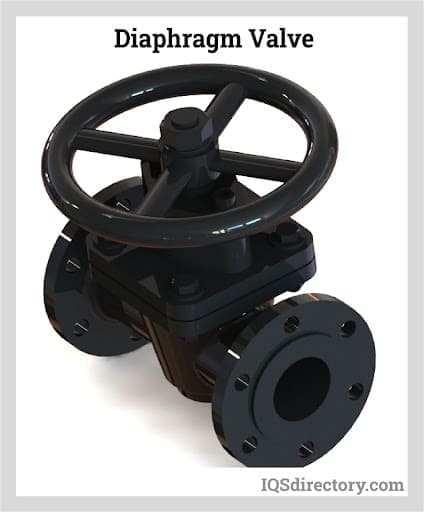
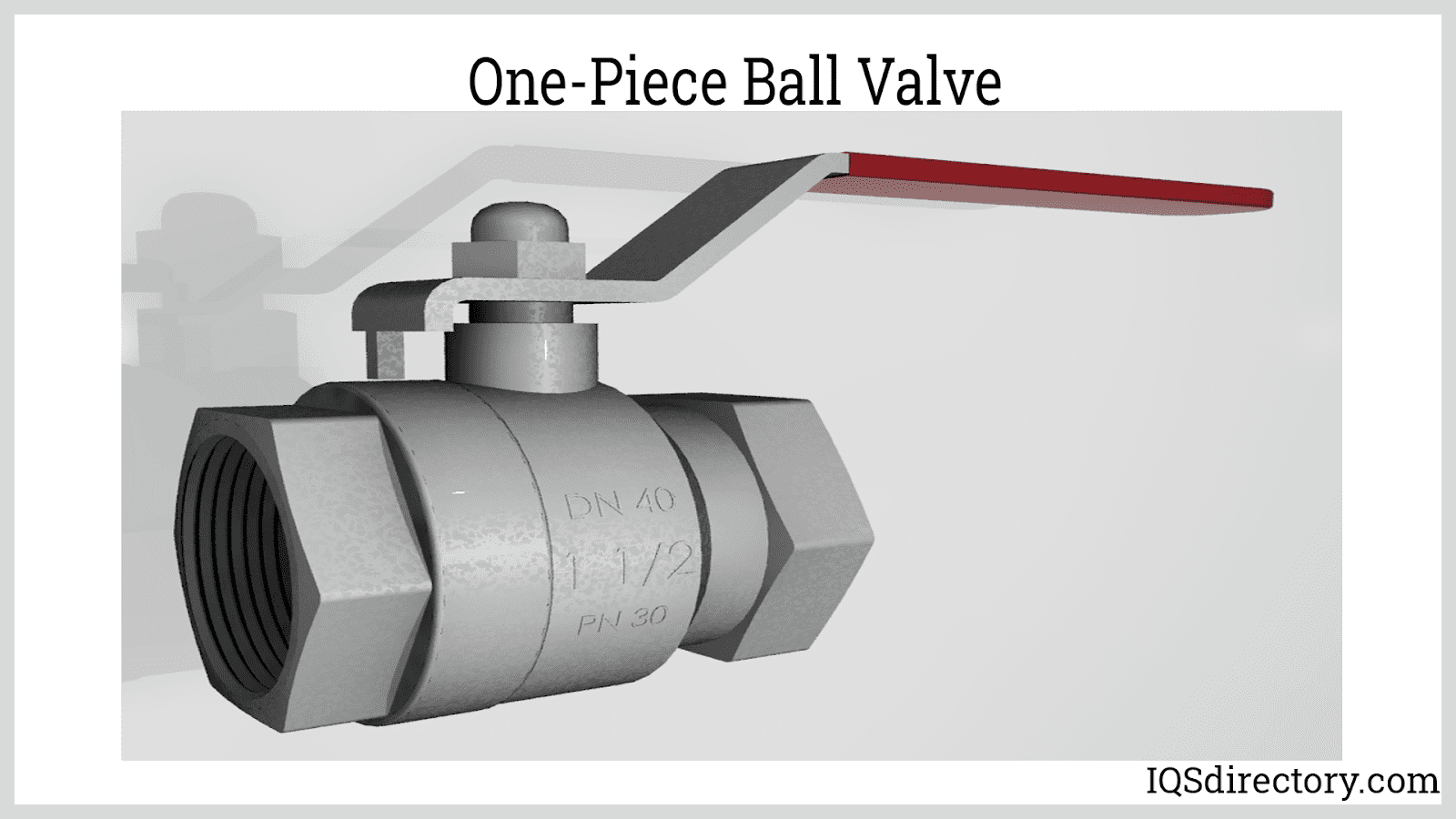
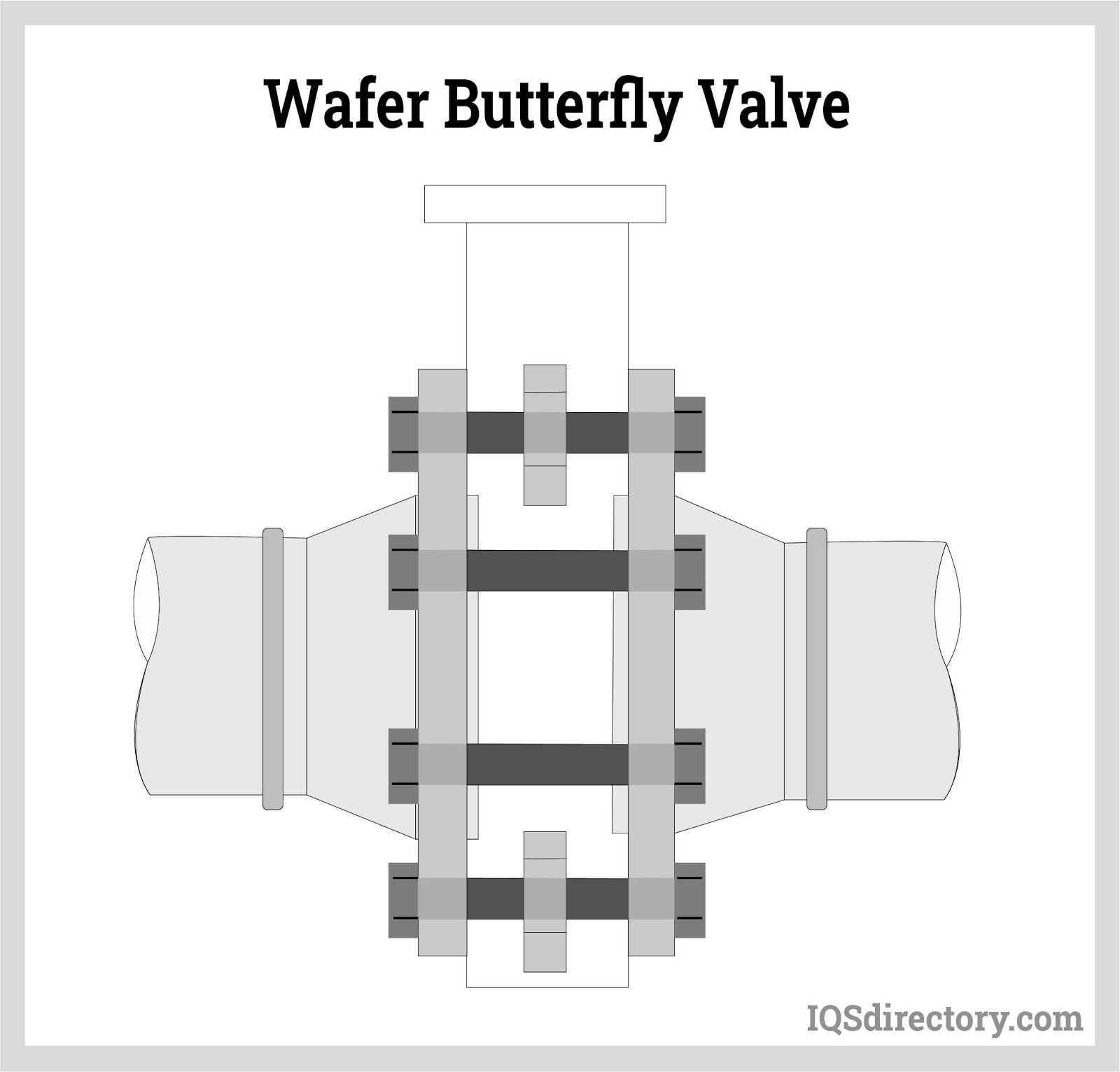
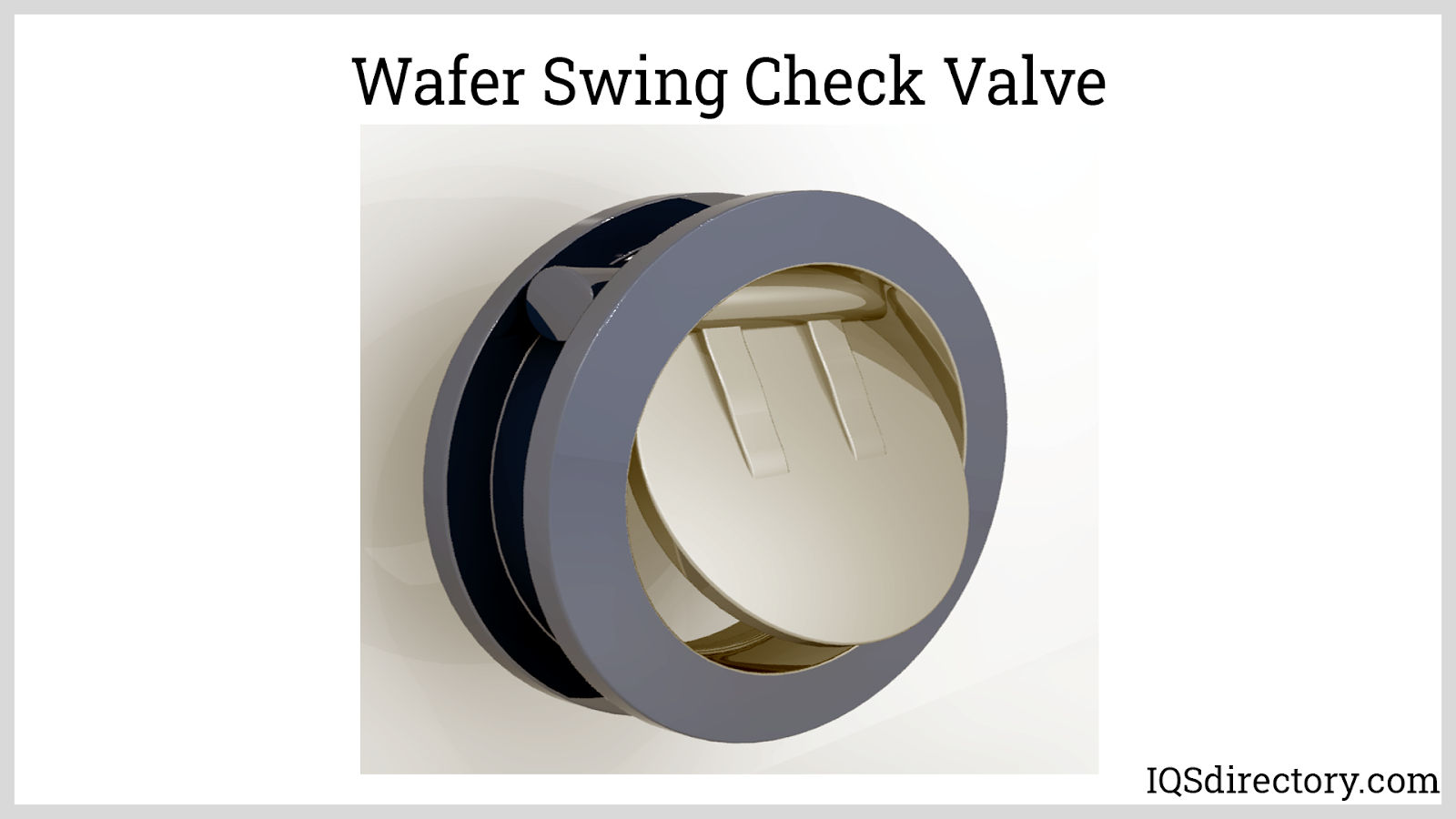
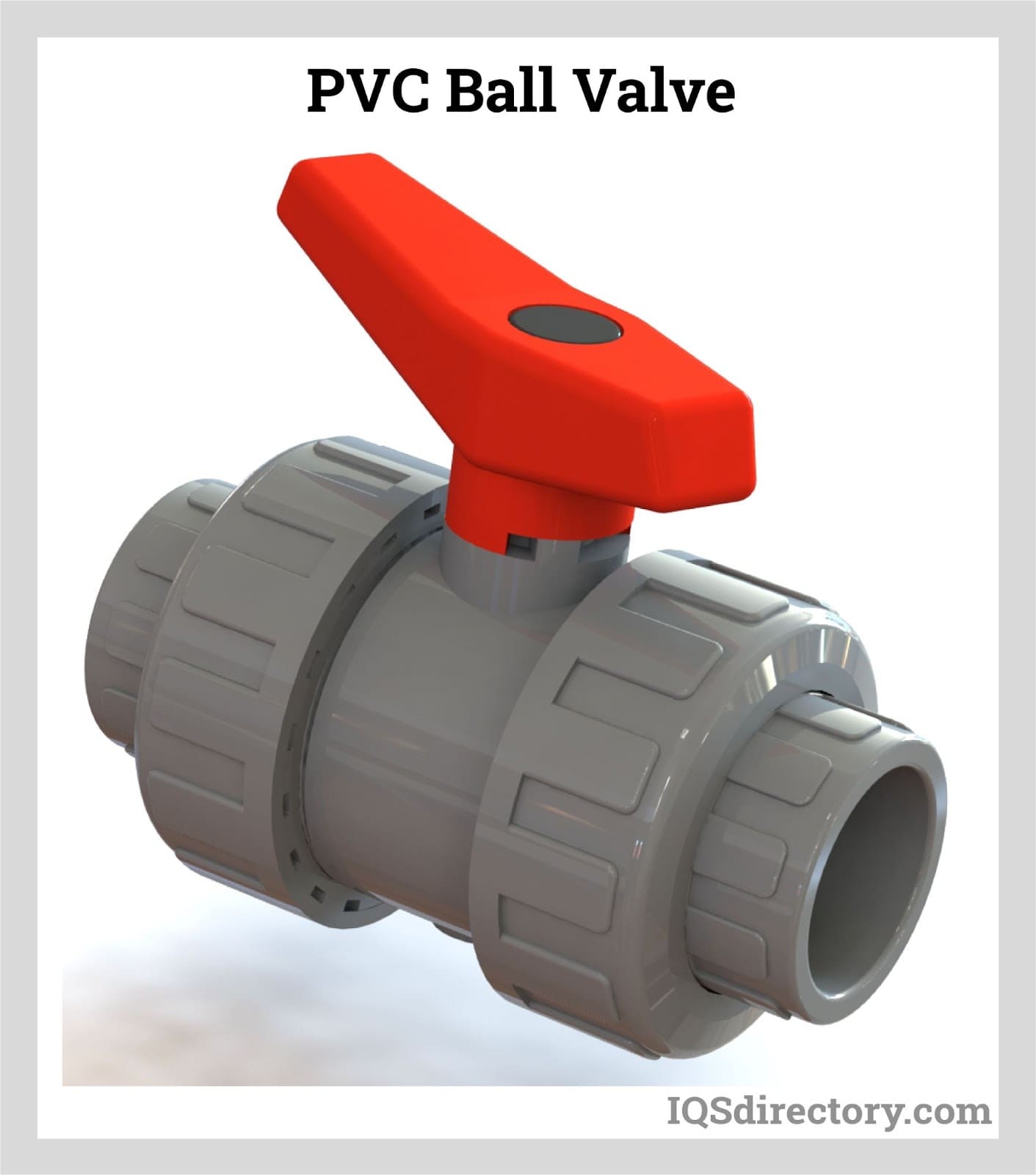
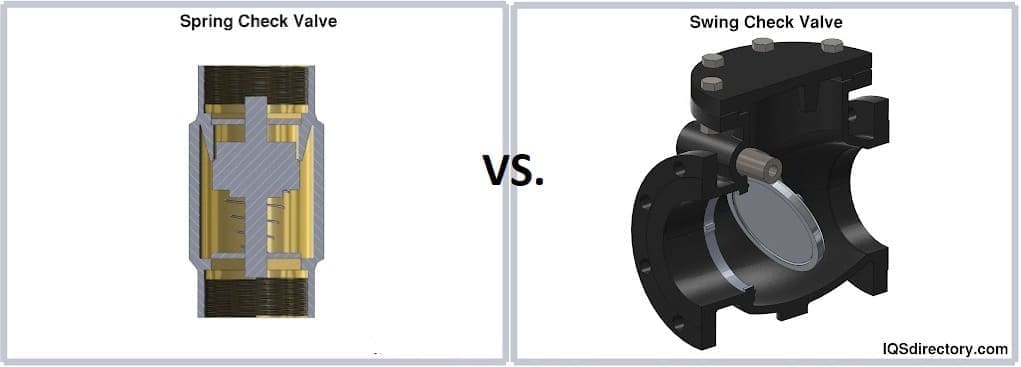
 Ball Valves
Ball Valves Butterfly Valves
Butterfly Valves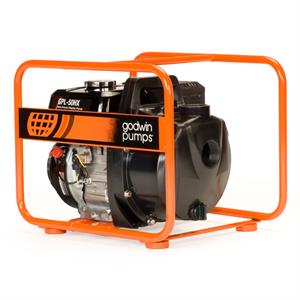 Centrifugal Pumps
Centrifugal Pumps Check Valves
Check Valves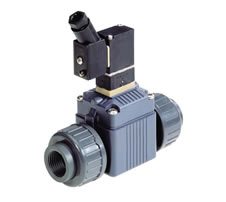 Diaphragm Valves
Diaphragm Valves Flow Meters
Flow Meters Hydraulic Pumps
Hydraulic Pumps Hydraulic Valves
Hydraulic Valves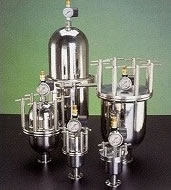 Metering Pumps
Metering Pumps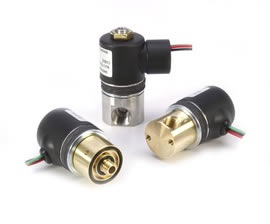 Solenoid Valves
Solenoid Valves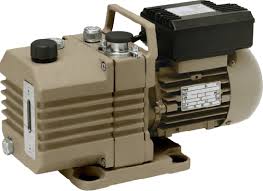 Vacuum Pumps
Vacuum Pumps Castings & Forgings
Castings & Forgings Bulk Material Handling
Bulk Material Handling Electrical & Electronic Components
Electrical & Electronic Components Flow Instrumentation
Flow Instrumentation Hardware
Hardware Material Handling Equipment
Material Handling Equipment Metal Cutting Services
Metal Cutting Services Metal Forming Services
Metal Forming Services Metal Suppliers
Metal Suppliers Motion Control Products
Motion Control Products Plant & Facility Equipment
Plant & Facility Equipment Plant & Facility Supplies
Plant & Facility Supplies Plastic Molding Processes
Plastic Molding Processes Pumps & Valves
Pumps & Valves Recycling Equipment
Recycling Equipment Rubber Products & Services
Rubber Products & Services